The breeding of guinea fowl
Within the large family of galliformes (gallinaceous) birds, we have a very particular bird that is called by different names: common painted hen, white guinea fowl and gray hen, among many names that are assigned to these birds throughout the world. The guinea fowl, belongs to the family of birds whose origin comes from the western coast of the continent of Africa and Guinea, characterized as wild birds; that with the passage of time new varieties were emerging that were adapted to the corral environments, and easy to manage by man in their farms, going from being wild birds, to domestic poultry.
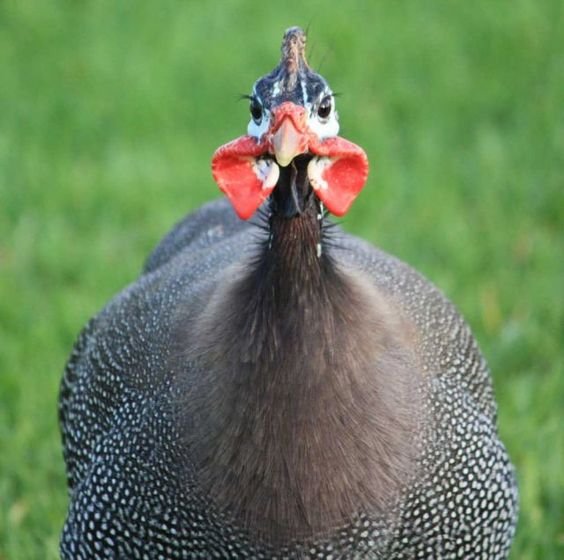
Source
Domestic birds, which we commonly call chickens, are farmyard animals that are raised on farms, this kind of birds that can live with man, who raises them for their sustenance. guinea fowl is not the exception among all poultry, it is also a domestic bird, and in most farms it is raised to take advantage of its meat and eggs for the daily diet of the farmer and his family. It can also be a good source of income for the farm by selling meat and eggs.
Phenotypic characteristics of guinea fowl or guinea fowl
The guinea fowl have a white border with a flourishing blue on the head; They have a dark pink beak, the earrings are red and close to the ears they have white spots. The guinea fowl, the part of the back lowered noticeably towards the tail, which, in turn, is quite short and low, pointing towards the ground.
The wings of this type of hen, are large and well developed. The neck presents combined colors of blue with gray, presenting a species of gray hairs with feathers of dark gray color and with crossed stripes; the rest of the feathers are mixed with white and gray-blue colors forming small lines with white dots. Many call this color combination as: "jabao", it is also called "stained"; The legs of this hen are short and painted gray.
At first glance, it is difficult to determine which hen is male and which hen is female, however there are some characteristics that you can take into account when observing several guineas hens.
How to differentiate the sex of guineas hens?
It is a little difficult to detect at a glance which is the male or which is the female, by the similarity of the plumage. But the breeder because of their experience if they can identify their sex; There are some traits that must be taken into account, and that is that both male and female, have a crest on the head, but you can notice that the crest of the male is thicker from the base and sharper at the tip, Unlike the female, the crest is smaller and thinner in the shape of a crown. Another difference between the female and the male are their nostrils, in the male they are more protuberant and thicker than in the case of the female.
Classes of guineas hens
The guinea fowl can be differentiated by classifying them into two groups: a group of domestic birds and another group of wild birds.
Domestic guineas hens:
Gray splattered
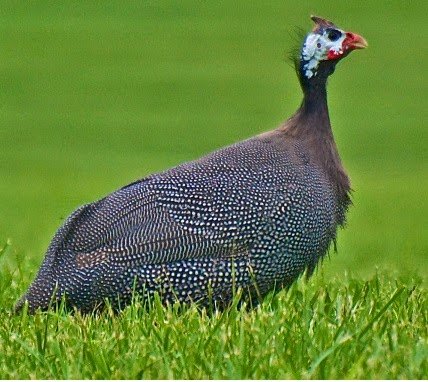
SourcePainted white chest
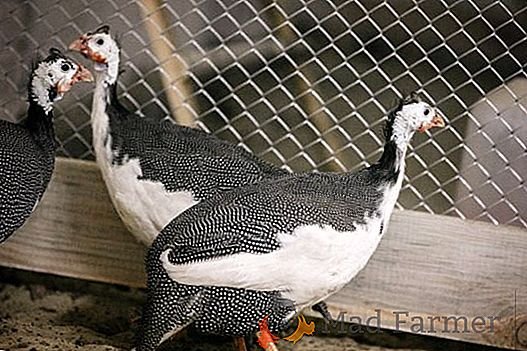
SourceSiberian white
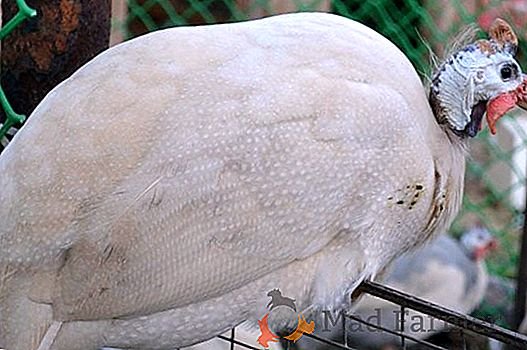
SourceBlue hen

SourceThe White Volga
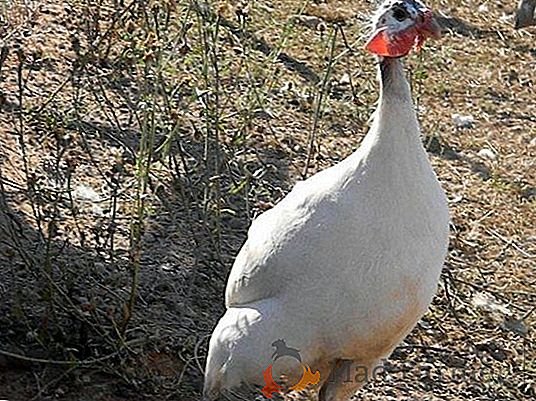
SourceBlue Lilac Hen
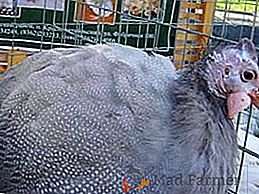
SourceWhite hen
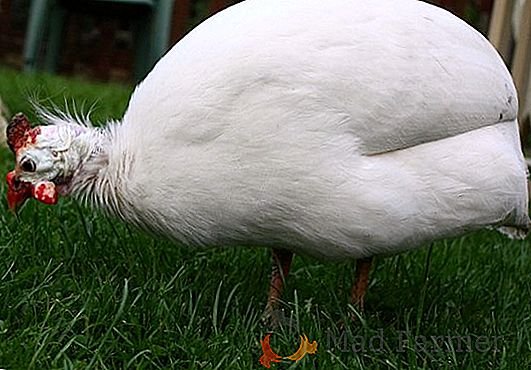
SourceGallina amarillo
Wild Guinea Poultry:
Griffin guinea fowl painted
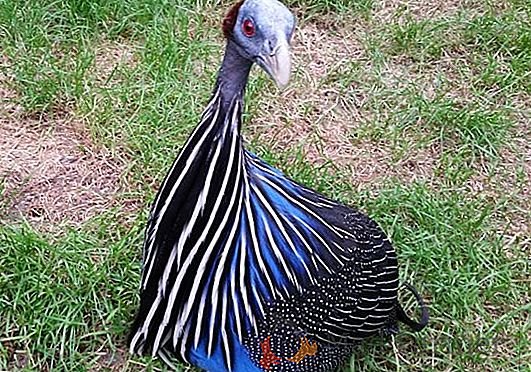
SourceTurkey graffiti
Curly Guinea goat
Crested bird
Scalloped graffiti
The breeding of guinea fowl
Guinea fowl have the ability to adapt very well to different climatic conditions during most of the year, either indoors or outdoors; The guineas hens because they are omnivorous birds, it is favorable that their breeding is outdoors, this would be an advantage for the farmer, in terms of the cost of food that birds require; when the chickens are raised outdoors on the farm these birds feed on herbs and insects, even rodents. Guinean chicken breeding could contribute to the sustainability of the rural area when they are raised in the open air. where the owner of the farm only provides a single ration of food per day.
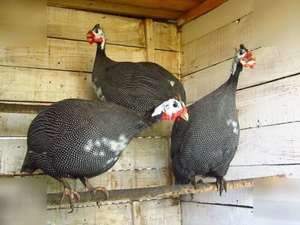
Source
The guineas hens, being poultry, they leave their barns around the farm and then in the afternoon looking for new places to sleep. generally in these places there are spaces for birds to make their nests.
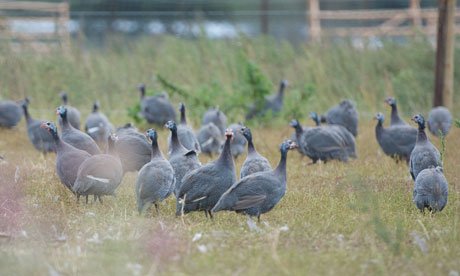
Source
Another way to breed guineas hens in an outdoor environment, is to fence an area on the farm, this consists of placing a perimeter fence with a height of 2.50 meters, on one side of the farm, within this area there should be compartments for the chickens to sleep and prepare their nests.
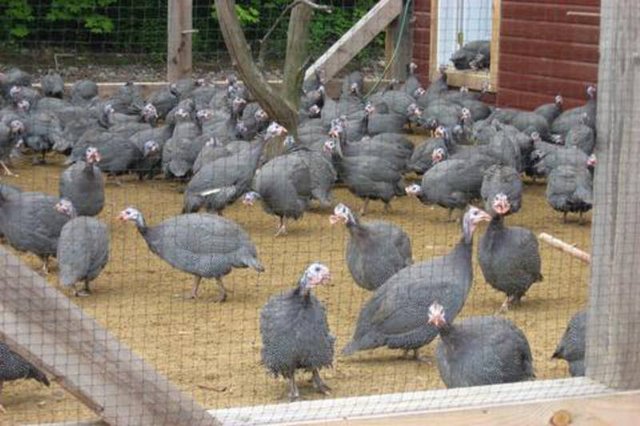
Source
Reproduction forms of guineas hens
The laying begins at 27-30 weeks of age, reaching the maximum setting after 8-10 weeks then slowly decaying. At 65-70 weeks of age, when laying has dropped to 50% it is no longer profitable to keep the birds in production. Generally guinea fowl produce between 150 and 160 eggs per year.
There are several methods for the production and breeding of guinea fowl, including natural mating and artificial insemination.
Natural pairing
This is the breeding method used by most guinea fowl producers, this method is done in different ways:
With the use breeding in large groups of birds: A certain number of guinea fowl are mixed according to a certain proportion of males to females for free mating. This method has a higher reproduction rate.
Another modality is the breeding in small rooms: this consists of placing 2 to 3 females of Guinea and 1 male of Guinea, for each breeding room.
Another way of breeding is with individual control: A male and a female guinea fowl in guinea bird breeding cage from time to time, until the end of the female guinea fowl mating removed, and then the other in the female coupling guinea fowl. This method has a high reproduction rate.
The guinea hens reach maturity at the age of 7 months, to begin their productive cycle and to mate and then begin with the egg positions. The guinea fowl is used to making its postures at the end of the afternoon, unlike the other hens that do it in the mornings.
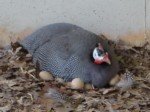
Source
Method by artificial insemination
This method is used when it comes to breeding at an industrial level. This method consists of extracting the semen of the male to introduce it in the ovary of the female hen.
This is truly useful to us @farms. Indeed we @farms find this post informative and educative, thanks for sharing
Resteem
(to be a part of this community; ensure to always use #farms and #steemchurch for agricultural related post)
THEME WEEK
Wednesday: Geese as a farm bird
Thursday: Rearing Turkeys
Friday: Chicken in poultries.
Saturday: Guinea fowl
Sunday: Ducks
Monday: Pheasant